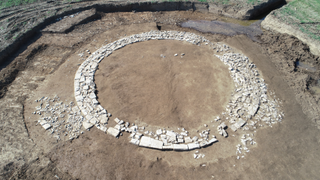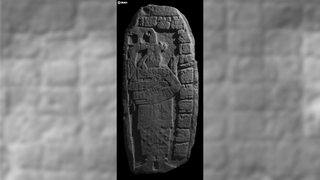
Kristina Killgrove
Kristina Killgrove is a staff writer at Live Science with a focus on archaeology and paleoanthropology news. Her articles have also appeared in venues such as Forbes, Smithsonian, and Mental Floss. Kristina holds a Ph.D. in biological anthropology and an M.A. in classical archaeology from the University of North Carolina, as well as a B.A. in Latin from the University of Virginia, and she was formerly a university professor and researcher. She has received awards from the Society for American Archaeology and the American Anthropological Association for her science writing.
Latest articles by Kristina Killgrove

2,000-year-old gold ring holds clue about lavish cremation burial unearthed in France
By Kristina Killgrove published
A lavish cremation tomb found in France may point to funeral rites for an adolescent boy.
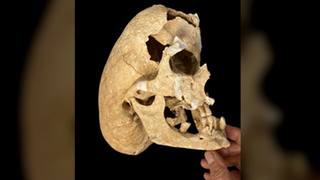
'I had never seen a skull like this before': Medieval Spanish knight who died in battle had a rare genetic condition, study finds
By Kristina Killgrove published
The extremely long skull of a medieval knight points to an underlying genetic condition.
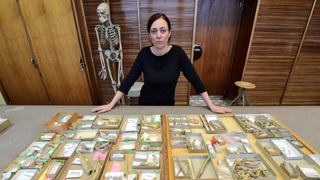
Neanderthals cannibalized 'outsider' women and children 45,000 years ago at cave in Belgium
By Kristina Killgrove published
Fragmented Neanderthal bones discovered in a cave in Belgium show that one group cannibalized the women and children of another group.
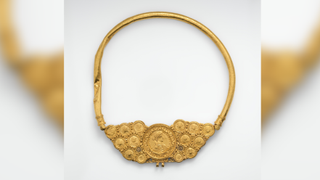
Pectoral with coins: 'One of the most intricate pieces of gold jewelry to survive from the mid-sixth century'
By Kristina Killgrove published
This sixth-century pectoral comprises 14 Byzantine gold coins and a gold disc gathered over two centuries.

Archaeologists discover decapitated head the Romans used as a warning to the Celts
By Kristina Killgrove published
A lone skull discovered near the walls of an ancient fort highlights the Romans' brutal treatment of their conquered foes.
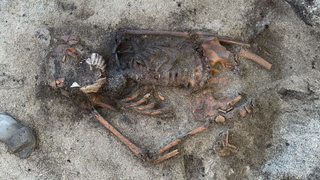
Viking Age woman found buried with scallop shells on her mouth, and archaeologists are mystified
By Kristina Killgrove published
A ninth-century grave discovered in Norway held the remains of a Viking Age woman whose mouth was covered with two large scallop shells.
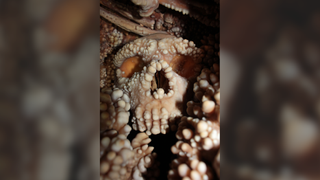
'Perfectly preserved' Neanderthal skull bones suggest their noses didn't evolve to warm air
By Kristina Killgrove published
An analysis of the only intact Neanderthal inner nose bones known to exist reveals that our ancient cousins' enormous noses did not evolve to withstand harsh climates.

12,000-year-old figurine of goose mating with naked woman discovered in Israel
By Kristina Killgrove published
A tiny figurine depicting a goose mounting a woman reveals early evidence of animistic belief in southwest Asia.

Caergwrle Bowl: A 3,300-year-old stone-and-tin bowl with gold oars and 'protective eyes'
By Kristina Killgrove published
The ancient stone-and-tin bowl was discovered 200 years ago in a boggy field in Wales.

Archaeologists discover 1,500-year-old reindeer trap and other artifacts 'melting out of the ice' in Norway's mountains
By Kristina Killgrove published
The well-preserved reindeer trap may be unique in Europe.
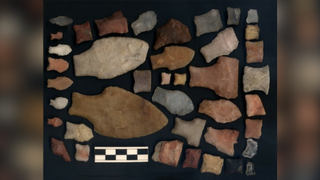
Ancient DNA reveals mysterious Indigenous lineage that lived in Argentina for nearly 8,500 years — but rarely interacted with others
By Kristina Killgrove published
A previously unknown Indigenous population lived in central Argentina for nearly 8,500 years, a new genetic study finds.

Gold and gems quiz: What do you know about sparkly treasures made by nature?
By Kristina Killgrove published
Think you know a lot about jewels? Can you make this whole quiz shimmer?
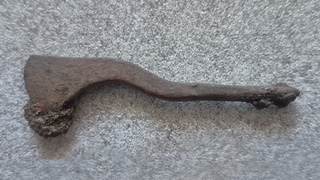
2,300-year-old tool used for skull surgery unearthed at Celtic settlement in Poland
By Kristina Killgrove published
The uniquely shaped iron surgery implement dates to the fourth to third centuries B.C.
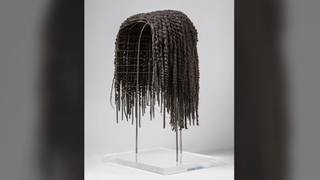
Merit's wig: A 3,400-year-old Egyptian headpiece smoothed down with ancient homemade hair gel
By Kristina Killgrove published
Merit's head covering was made from real human hair and was buried with her in its own wooden cabinet.

13th-century Christian songbook made of furry sealskin may be Norway's oldest surviving book
By Kristina Killgrove published
Experts at the National Library of Norway believe the liturgical songbook was made by a local artisan around A.D. 1200.

Archaeologists find 'unique' blood-red gemstone at Roman fort beyond Hadrian's Wall
By Kristina Killgrove published
Archaeologists discovered the engraved gemstone at Bremenium, a fort north of Hadrian's Wall.
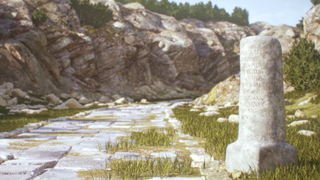
Roman road network was twice as large as previously thought, new mapping project finds
By Kristina Killgrove published
The new digital map increases the Roman road network by nearly 100%.
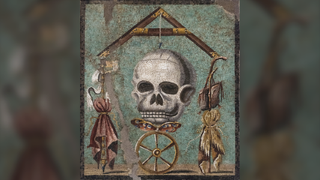
Memento Mori: A mosaic that predates Mount Vesuvius' eruption in Pompeii and reminds us that we will all die
By Kristina Killgrove published
A famous mosaic from Pompeii holds lessons for today.
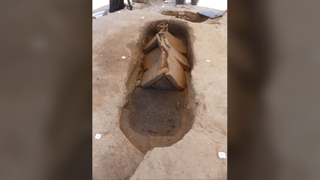
French archaeologists uncover 'vast Roman burial area' with cremation graves 'fed' by liquid offerings
By Kristina Killgrove published
A massive Roman cremation cemetery in France is shedding light on diverse burial practices.
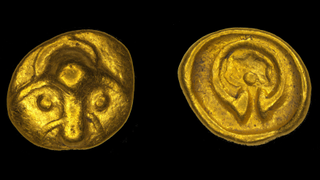
2,200-year-old Celtic 'rainbow cup' in 'almost mint condition' found in Germany
By Kristina Killgrove published
A rare and unique Celtic coin was discovered in Saxony, Germany, even though the Celts didn't live there.
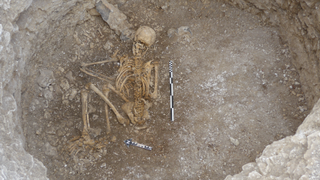
2,000-year-old Celtic teenager may have been sacrificed and considered 'disposable'
By Kristina Killgrove published
Archaeologists have recovered three unusual burials of Celtic women and girls who may have been sacrificed in England.
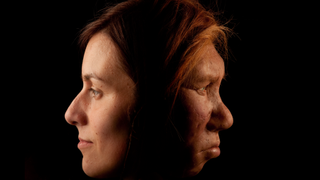
Differences in red blood cells may have 'hastened the extinction' of our Neanderthal cousins, new study suggests
By Kristina Killgrove published
Gene variants in red blood cell function may have doomed the hybrid babies of Neanderthals and modern humans.
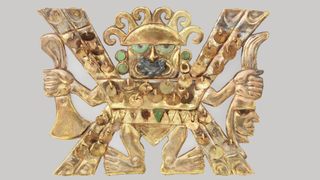
Decapitator nose ornament: 1,500-year-old gold jewelry depicting a bloodthirsty South American god
By Kristina Killgrove published
The Moche made human sacrifices to their gods, including Ai Apaec, the Decapitator.
Get the world’s most fascinating discoveries delivered straight to your inbox.
